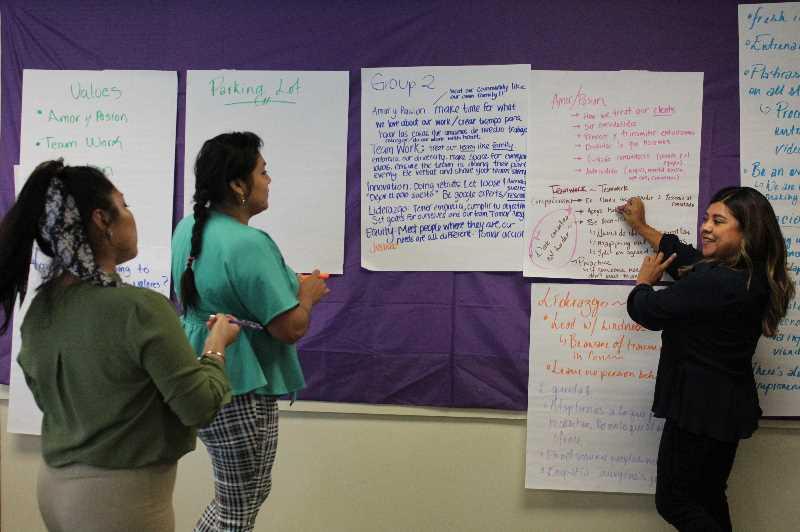Since October, Cover Oregon has been toiling through technological hiccups to make sure more Oregonians have affordable and quality health insurance. Behind the scenes, even before the Affordable Care Act became law, efforts to have more children covered by health insurance have been quietly successful, especially in Oregon.
According to a new report, "For Kids' Sake: State-Level Trends in Children's Health Insurance - A State-by-State Analysis," the percentage of uninsured children in the U.S. dropped from 9.7 percent in 2008 to 7.5 percent in 2012. The report, conducted by researchers at the University of Minnesota's School of Public Health's State Health Access Data Assistance Center and funded by the Robert Wood Johnson Foundation, also documents recent coverage trends at the state level using data from 2008 through 2012, the most recent year available.
Apr 14, 2014
